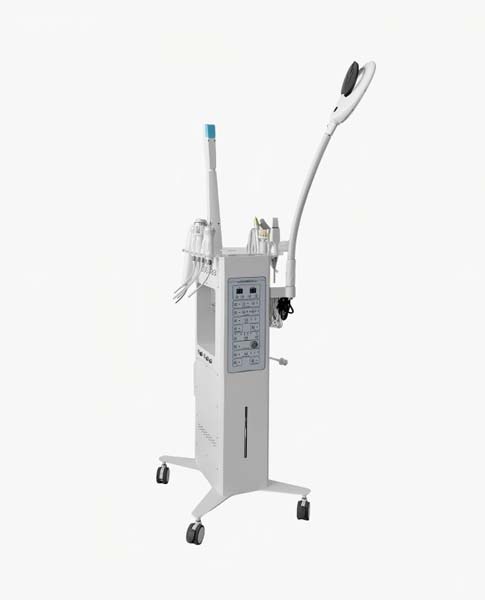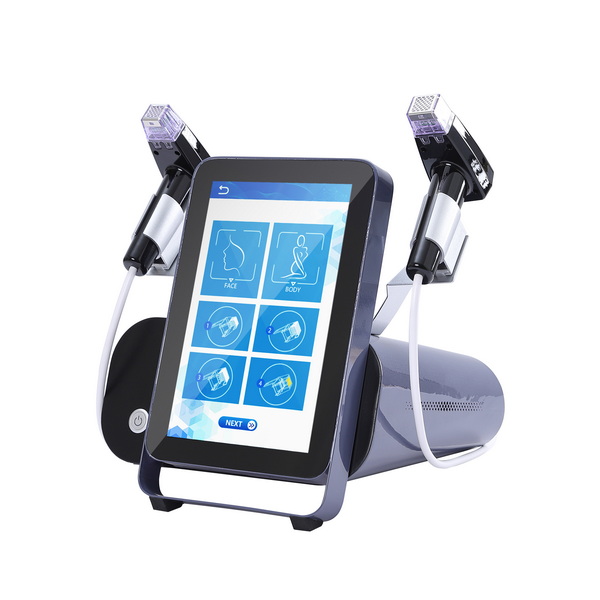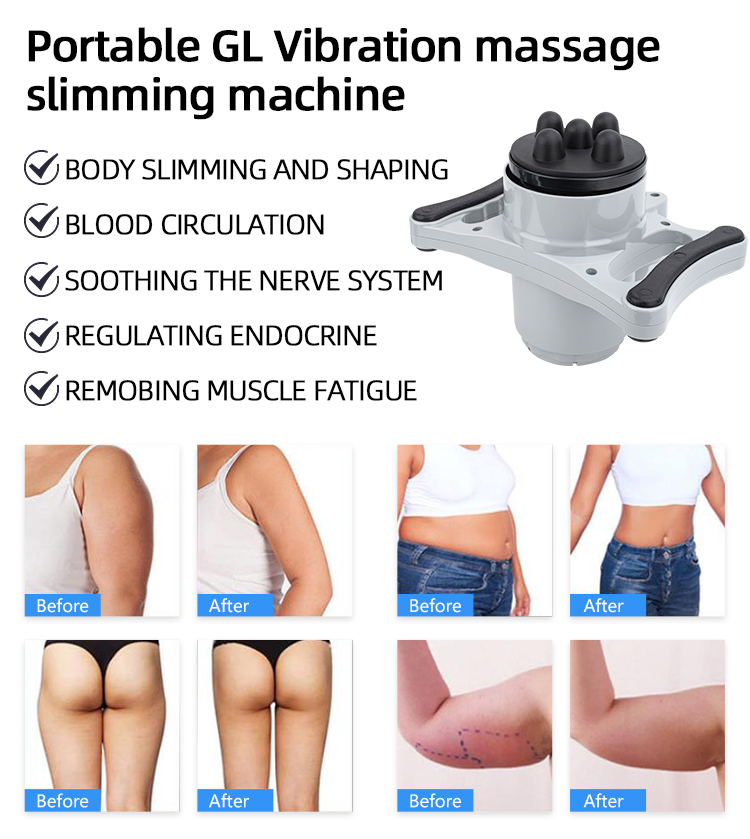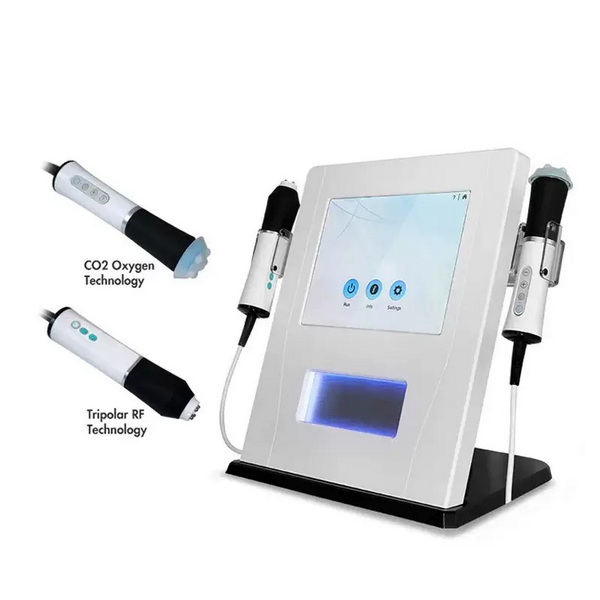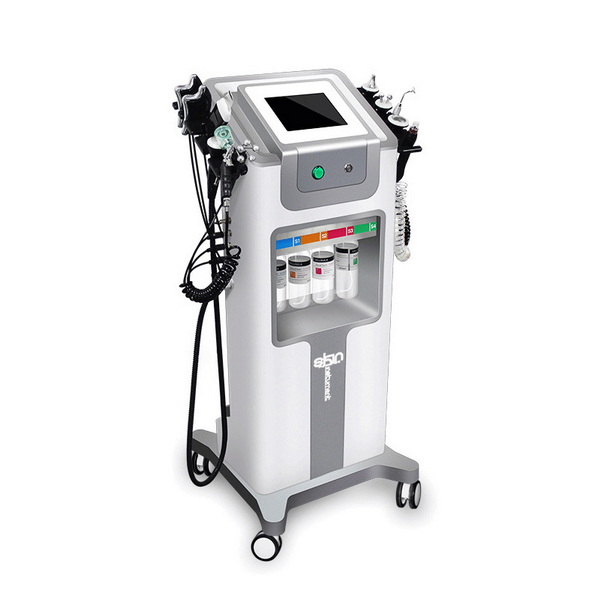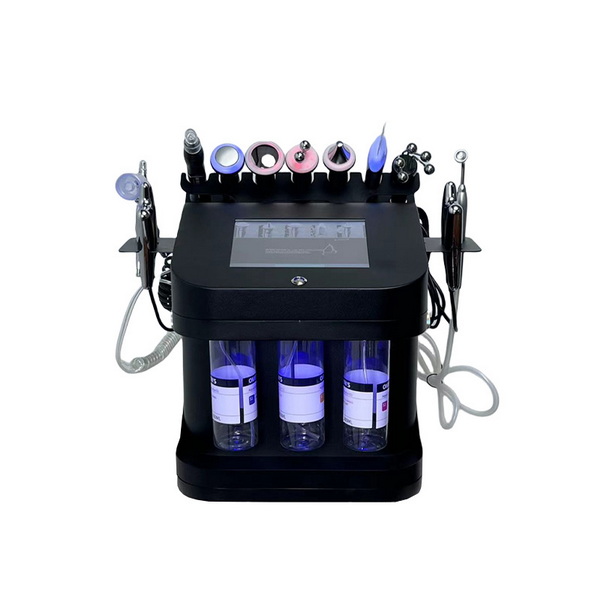How Much Does a Hydra Machine Cost?
Hydra Machine treatments have gained immense popularity in recent years due to their effectiveness in rejuvenating the skin with minimal downtime. Whether you’re looking to treat acne, reduce fine lines, or simply enjoy smoother, more radiant skin, Hydra Machine provides a comprehensive facial experience. But one question that many people have before considering the procedure is: How much does a Hydra Machine cost?
In this article, we will explore various factors that influence the price of a Hydra Machine treatment, and provide insight into what you can expect from the procedure, its benefits, and whether it’s a worthwhile investment for your skin health.
What Is a Hydra Machine?
Before diving into the costs, it’s important to understand what a Hydra Machine entails. A Hydra Machine is a non-invasive facial treatment that uses a patented device to cleanse, exfoliate, extract impurities, and hydrate the skin. The treatment is customizable and can be tailored to address specific skin concerns such as acne, hyperpigmentation, fine lines, and loss of skin elasticity.
The Hydra Machine process typically involves multiple steps:
-
Cleansing and Exfoliation: Deeply cleanses and exfoliates the skin to remove dead cells.
-
Acid Peel: A gentle acid peel loosens debris from pores without irritation.
-
Extraction: A suction device removes impurities and unclogs pores.
-
Hydration: A hydrating serum is infused to restore moisture and smoothness.
-
LED Light Therapy: Often used at the end to reduce inflammation and boost collagen.
This multifaceted approach helps clients achieve clearer, more hydrated skin with visible results immediately after the treatment.
Factors That Influence Hydra Machine Costs
When asking How much does a Hydra Machine cost?, it’s important to note that the price can vary significantly depending on a number of factors:
-
Location
Prices differ across cities and regions. Urban centers and luxury markets usually charge more than smaller towns or rural areas. -
Experience and Expertise of the Provider
Licensed aestheticians with more expertise often charge higher fees. Premium clinics may also set higher prices due to reputation and service quality. -
Type of Hydra Machine Treatment
-
Basic Hydra Machine: The standard version, usually the least expensive.
-
Deluxe Hydra Machine: Adds LED therapy or boosters for specific skin concerns.
-
Platinum Hydra Machine: The most advanced, often including lymphatic drainage, deeper peels, and specialized serums.
-
Add-ons: Eye, lip, or specialty boosters increase the cost further.
-
-
Frequency of Treatments
A single session is typically more expensive. Package deals for multiple sessions often reduce the per-treatment cost. -
Spa or Medical Clinic Type
Medical-grade clinics may charge more, while local salons might offer lower-cost options with less specialized service.
Average Cost of a Hydra Machine Treatment
On average, the cost of a Hydra Machine session ranges between $150 to $300.
Deluxe or Platinum treatments usually range from $350 to $500.
In high-end spas or advanced medical settings, prices can reach $600 or more per session.
Is Hydra Machine Worth the Investment?
Benefits of Hydra Machine Treatments
-
Instant Results
Visible improvements after one session—smoother texture, brighter tone, and reduced pore size. -
Minimal Downtime
Little to no redness; most clients return to daily routines right away. -
Customizable Treatment
Tailored to address acne, fine lines, hydration, or pigmentation issues. -
Safe and Non-Invasive
No needles or harsh chemicals, safe for nearly all skin types. -
Long-Lasting Results
Benefits can last weeks; regular sessions improve skin quality over time.
Are There Any Risks or Side Effects?
Hydra Machine is generally safe and gentle, though some clients may experience temporary redness or dryness. Following aftercare instructions helps minimize risks.
How Often Should You Get a Hydra Machine?
Most experts recommend one treatment per month for optimal results. Frequency may vary depending on skin type and goals.
Conclusion: Is Hydra Machine a Good Value?
The cost of a Hydra Machine treatment varies by location, provider, and treatment type. On average, a session ranges from $150 to $300, with premium versions costing $350 and above




